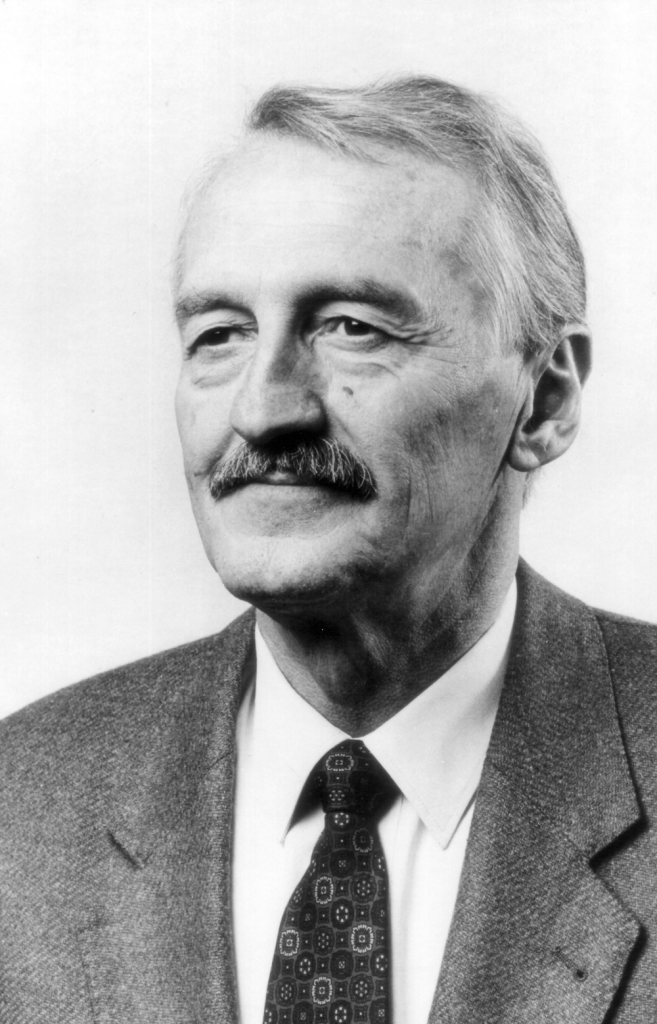Sadly, we have to pass the news that on August 2, Prof. em. Harald Hauptmann passed away. Professor Hauptmann was the former director of the Istanbul Department at the German Archaeological Institute, and, what many people may not be aware of, played a unique role in the initiation of excavations and research at Göbekli Tepe. For this reason, he remained a valuable friend and special mentor over the years.
Following the completion of his PhD in Prehistoric and Protohistoric Archaeology (Ur- und Frühgeschichte) at Heidelberg University, which focused on the early Neolithic in Thessaly, Hauptmann was made research lecturer at the Istanbul Department of the German Archaeological Institute, a position that he held for five years, until 1971. During this time, he was involved in excavations at such renowned sites as Boğazköy and Norşuntepe. Subsequently, he accepted the call to Heidelberg University, where he held the chair for Pre- and Protohistory and Near Eastern Archaeology until 1994. In these years, he initiated field research at two notable sites in Southeastern Turkey, at Lidar Höyük and Nevali Çori. This latter site would not only be of major significance for Anatolian Neolithic research, but it was also the first site at which T-shaped limestone pillars were revealed in an architectural context.
Returning to the German Archaeological Institute as head of the Istanbul Department in 1994, Hauptmann continued to focus on the Neolithic in Southeastern Turkey. Together with his former student Klaus Schmidt, who already assisted at Nevali Çori, he initiated field research at Göbekli Tepe, which to this day remains a crucial site for the study of the Pre-Pottery Neolithic and early monumental architecture. Over the first two decades of research at Göbekli Tepe, Hauptmann remained a prominent figure for the excavation project. A constant source of knowledge and inspiration, especially following the untimely death of Klaus Schmidt in 2014, he always had an open ear and was keen to discuss latest finds and new developments.
Hauptmann’s contributions to the Neolithic and Bronze Age archaeology of Anatolia are meanwhile considered essential and pioneering work. In particular, we at the Göbekli Tepe research project are thankful for the exchange with Harald Hauptmann. We have not only lost an esteemed colleague, but also a close friend.

Leave a Reply